JWST instruments are coming in from the cold
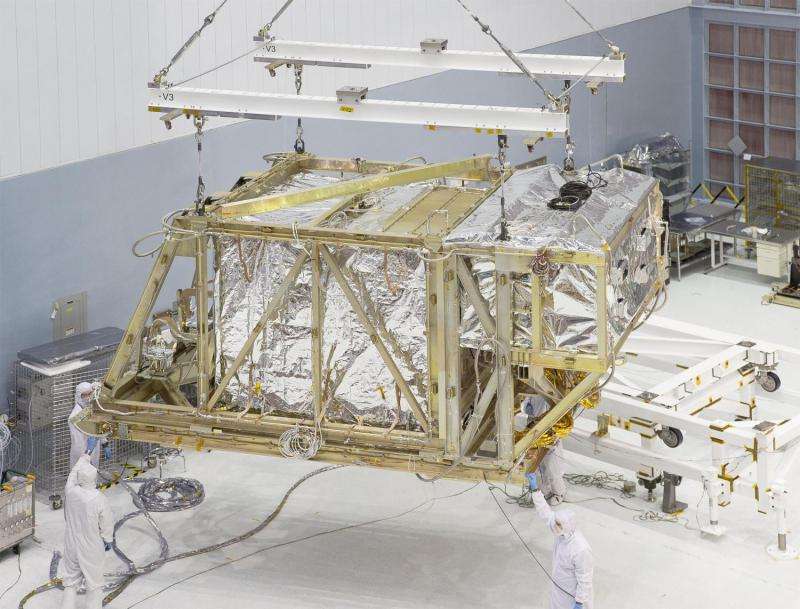
After being tested at extremely low temperatures for more than two months, the four instruments of the James Webb Space Telescope are preparing to come in from the cold. First indications from the NIRSpec and MIRI teams are that both instruments have performed remarkably well during these most recent tests in space-like conditions, but there are many weeks of data review to come before the teams will know if the instruments are ready to move to the next stage of integration with the telescope. By mid-February, the instruments will have reached room temperature and will leave the cryo-vacuum test chamber at Goddard for the last time.
In October 2018, the 6.5 tonne James Webb Space Telescope (JWST) will be launched on an Ariane 5, to be placed in an operating orbit at L2, some 1.5 million km from Earth on the anti-sunward side. Once there, JWST will begin its mission to investigate the cosmos by observing a wide range of targets that will include detecting the first galaxies in the Universe and following their evolution over cosmic time, witnessing the birth of new stars and their planetary systems, and studying planets in our Solar System and around other stars.
JWST carries a suite of four instruments, NIRSpec (Near Infrared Spectrograph), MIRI (Mid-Infrared Instrument), NIRCam (Near-Infrared Camera), and FGS/NIRISS (Fine Guidance System/Near-InfraRed Imager and Slitless Spectrograph), which are housed in the Integrated Science Instrument Module (ISIM). Two of these instruments, NIRSpec and MIRI, are contributed by ESA, European institutes, and industry, with contributions from NASA's JPL and GSFC.
Unlike its predecessor, the Hubble Space Telescope, which could be serviced and repaired by Space Shuttle crews, JWST is not currently intended to be reachable by service crews, and therefore extensive and continuous testing of all the JWST components, prior to launch, is essential for the success of this ambitious project.
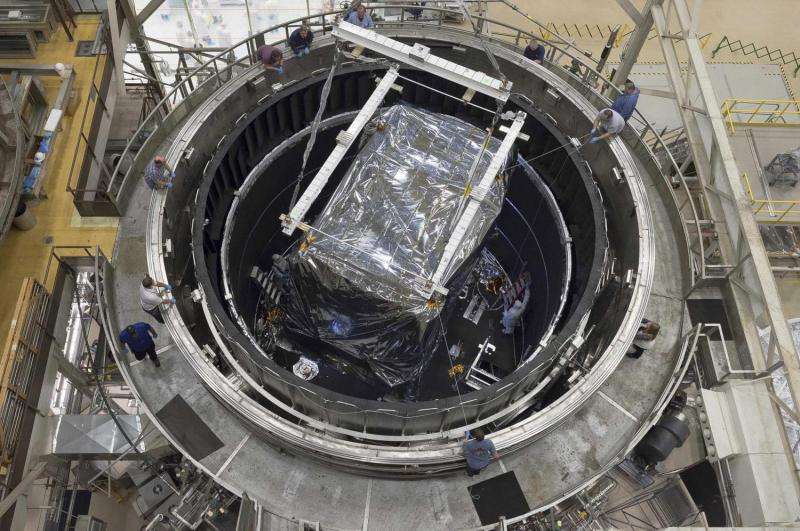
In this context, for the past few months about 60 people from the NIRSpec and MIRI teams have been working alongside colleagues from Canada and the US as the third, long-duration cryo-vacuum test, called ISIM CV-3, has been carried out in the Space Environment Simulator (SES) test chamber at NASA's Goddard Space Flight Center.
This '24/7' test began on 27 October 2015 and continued without changing pace through the festive season, which meant that some of the teams spent Thanksgiving, Christmas and the New Year behind computer terminals, running the tests and monitoring progress. And more recently, the teams also had to cope with preparing to be 'snowed in' during the winter storm that hit the east coast of the US in January.
This is not the first time that NIRSpec and MIRI have been tested in the cryo-vacuum chamber at Goddard. A first test campaign took place at the end of 2013, with MIRI and FGS/NIRISS installed on the ISIM. A second test campaign, lasting 116 days and involving all four instruments on the ISIM, was completed during the summer of 2014. At that stage it was known that there was still work to be done on some of the instruments to bring them to their flight configuration.
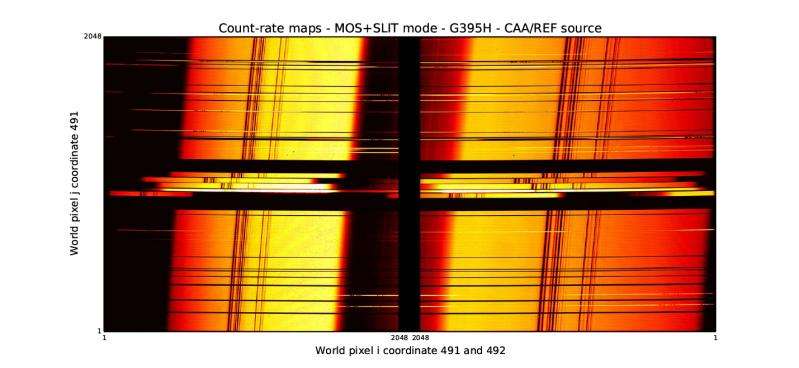
The near-infrared detectors that were used by NIRCam, NIRSpec and FGS/NIRISS were found to be degrading and had to be replaced by improved ones. For NIRSpec, another problem that had emerged was that a significant number of the 250,000 microshutters that are used to select the celestial objects to be analysed by the detectors remained shut after acoustic testing. This led to some reworking of the instrument, including the replacement of the microshutters and detectors.
With all four instruments in their final flight configuration, ISIM was then subjected to vibration and acoustic tests to mimic the conditions at launch. After this, the two big questions were: how had the instruments withstood that treatment, and how well had the new detectors and the microshutter sub-system in NIRSpec been aligned within their optical benches?
By running CV-3, the instrument specialists wanted to test how the flight-configured instruments would respond in space-like conditions after a simulated launch. Also, they used this last ISIM cold test to re-calibrate their instruments in their new, reworked, configurations.
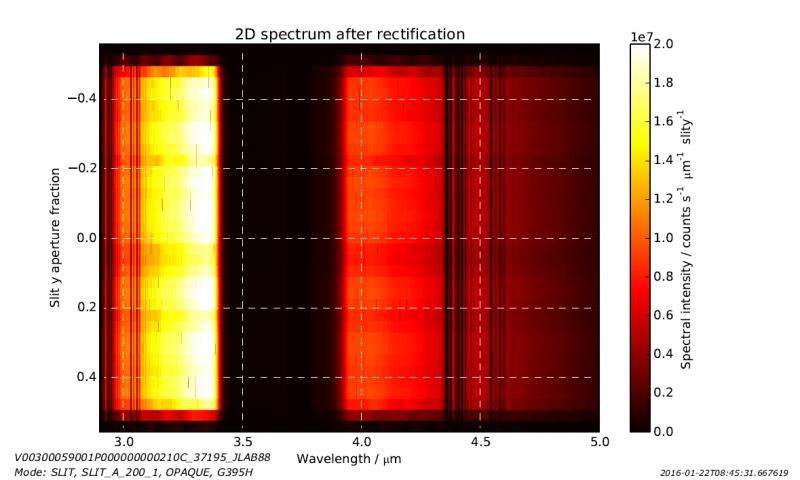
In December, NIRSpec-specific tests were carried out. As the refurbishment of that instrument was done at room temperature and incorporated components that expand or contract at different rates when heated or cooled, this was potentially a complex operation. When placing and aligning components, the NIRSpec team had to anticipate the minute changes to the structure that would take place when the instrument was later cooled down to its operating temperature of 40 K.
While the instrument behaviour is well understood, and there are sophisticated simulations available to model the changes that should occur, it was still a tense period while the team waited for confirmation that their careful preparation had paid off. It was with relief and great satisfaction that the first images they obtained confirmed that the alignment of the new elements within the instrument was perfect.
Preliminary analysis of the data also indicates that the replacement of the detectors and the microshutters has been notably beneficial.
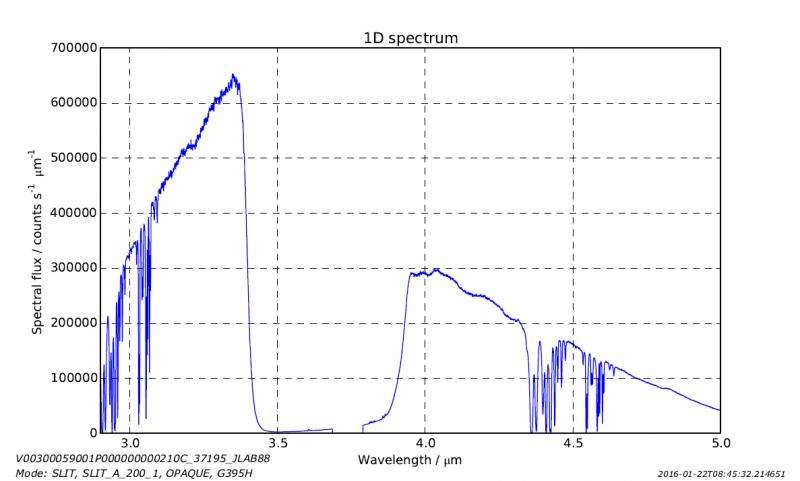
While NIRSpec, NIRCAM and FGS/NIRISS were being tested at 40 K, this was not cold enough for MIRI. This instrument is unique among the JWST instruments because it is cooled to much lower temperatures – about 7 K – by a dedicated cooler. As a result, the MIRI optics have to be shielded from their surroundings by a special ultra-efficient thermal blanket. The flight blankets were installed on MIRI just before CV-3 began and the test campaign included dedicated tests to demonstrate that the blankets and cooler performed together as expected.
In addition, MIRI had been upgraded since the previous cryo-vacuum tests with the replacement of some electronic boards within the focal plane electronics, so the MIRI team was keen to verify that the new boards worked as expected.
Preliminary analysis of data gathered during the MIRI-specific tests that ran in December and January appears to confirm this, with the instrument performance measured to be as good as before the change, and new features, which allow faster image readout, seen to be working as expected. Final confirmation awaits complete analyses of all the test data.
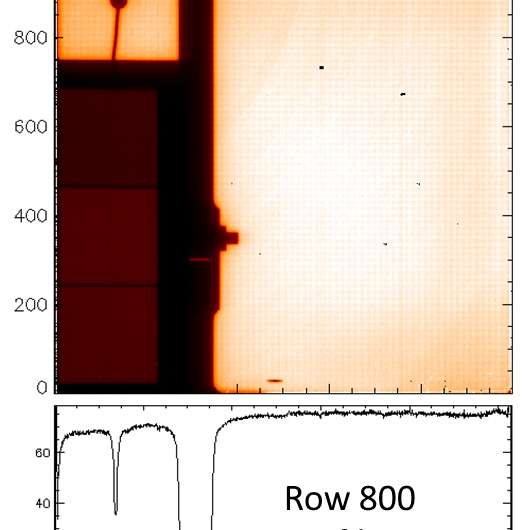
An end is now in sight for the dedicated instrument experts who have been participating in CV-3. With the cycle of cryo-vacuum tests completed, the chamber is now being warmed up and, once room temperature has been reached, a series of tests will be run to confirm that all the systems have survived their simulated space trip in Goddard's SES test chamber. The instruments are expected to emerge from the chamber by 14 February.
In the meantime, JWST's telescope is taking shape with almost all 18 mirror segments of the primary mirror in place.
Towards the end of March, the ISIM will be attached to the back of the telescope's primary mirror mounted on the Optical Telescope Element (OTE), to form the observatory super-element referred to as the "OTIS".
The next cryo-vacuum test campaign will be performed, beginning in February next year, on the OTIS. As the Goddard test chamber is too small for OTIS, these next tests will be carried out in Test Chamber A at NASA's Johnson Space Center in Houston, Texas, which was used to test the Apollo spacecraft.
Provided by European Space Agency



















